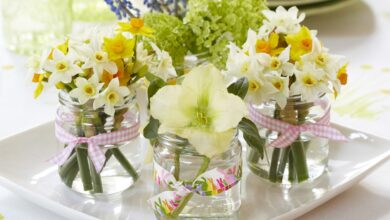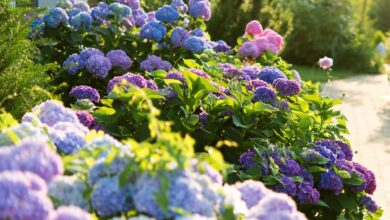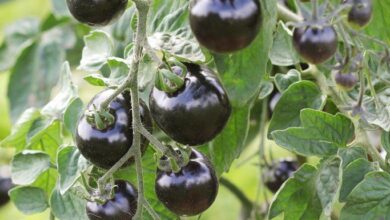
Caring For A Jade Houseplant Is Almost Too Easy
[ad_1]
For more years than I care to remember, I’ve owned a jade houseplant. Quite honestly, I’m not even sure when or where I got this plant. It has been happily living on a plant stand in front of a southwest-facing window for as long as I can remember. Now you have to understand, this is pretty miraculous as I don’t have the best track record when it comes to houseplants.
How Much Neglect Can a Jade Plant Take?
I love low maintenance houseplants. While I don’t consciously try to neglect these babies, life gets busy sometimes. If I’m out in my veggie patch trying to get dozens of frost-tender seedlings into the ground before it rains, it’s nice to know my indoor succulents and cacti can do without my attention for a few days.
Let me just say, this jade plant has been a real trooper. I’m not surprised. Jade plants are notorious for not succumbing to neglect. What’s more, they can be quite expressive when their needs are not being met. No, they don’t yell or scream at me, but there are subtle ways to tell if a jade plant is unhappy.
When caring for a jade houseplant, it’s helpful to pay close attention to its leaves. Healthy jade leaves are plump, and the edges of the leaves will be red. Plumpness indicates the jade is receiving the correct amount of water. Like most succulents, jade plants are susceptible to root rot when overwatered. When this happens, the leaves tend to drop off and the stems turn mushy.
It’s far better to underwater than overwater a jade plant. I know when I see my jade’s leaves start to wrinkle that it’s time to water. I could also stick my finger about an inch (2.5 cm.) into the soil to check for moisture, but seriously, who wants to get dirt under their nails?
The second sign I use to monitor my jade plant’s happiness is the color of its leaves. When jade plants receive sufficient light, the edges of their leaves are red. Totally green leaves means I need to move my jade plant closer to the window or make sure taller plants aren’t blocking the light.
How Long Do Jade Plants Live?
Believe it or not, jade plants reportedly live 50 to 70 years. They are fairly slow growing and don’t mind being rootbound. While gardeners don’t usually consider these things when we talk about a low maintenance plant, a slow growing jade plant requires less pruning, repotting, and replacement than a short lived, faster growing species.
So how often should a jade be pruned? Pruning once a year in the spring is all that is needed to encourage a jade plant to grow a thick main stem and branch out nicely. For smaller plants, simply remove the tip of the stem.
Older plants with overgrown stems will need between one fourth to one third of the length of the stem removed. It’s best to cut along one of the brown rings on the stem as this is where new growth will originate. You can also encourage a jade plant to produce more lateral branches by removing a few of the leaves on the main stem.
Additionally, both the leaves and trimmed sections of stems can be used for jade plant propagation. Simply let the cut edges dry for a few days, dust them with rooting hormone powder, and stick them in a mixture of soil and sand or perlite.
It only takes a few weeks for me to have more low maintenance jade plants for my collection or to share with friends. Now, if only poinsettias were this easy!
[ad_2]





